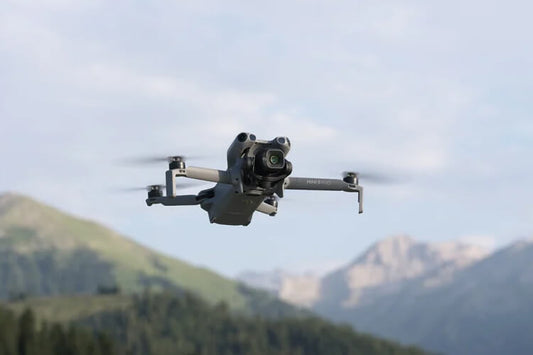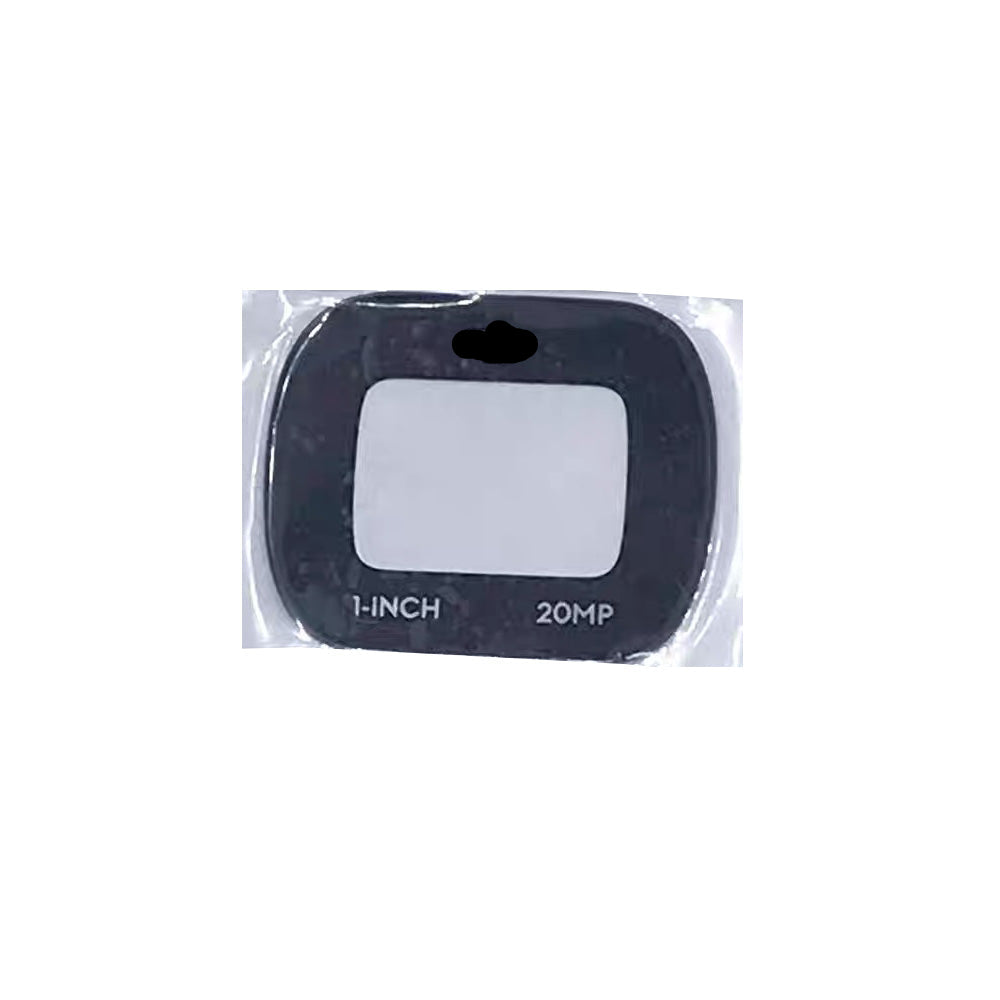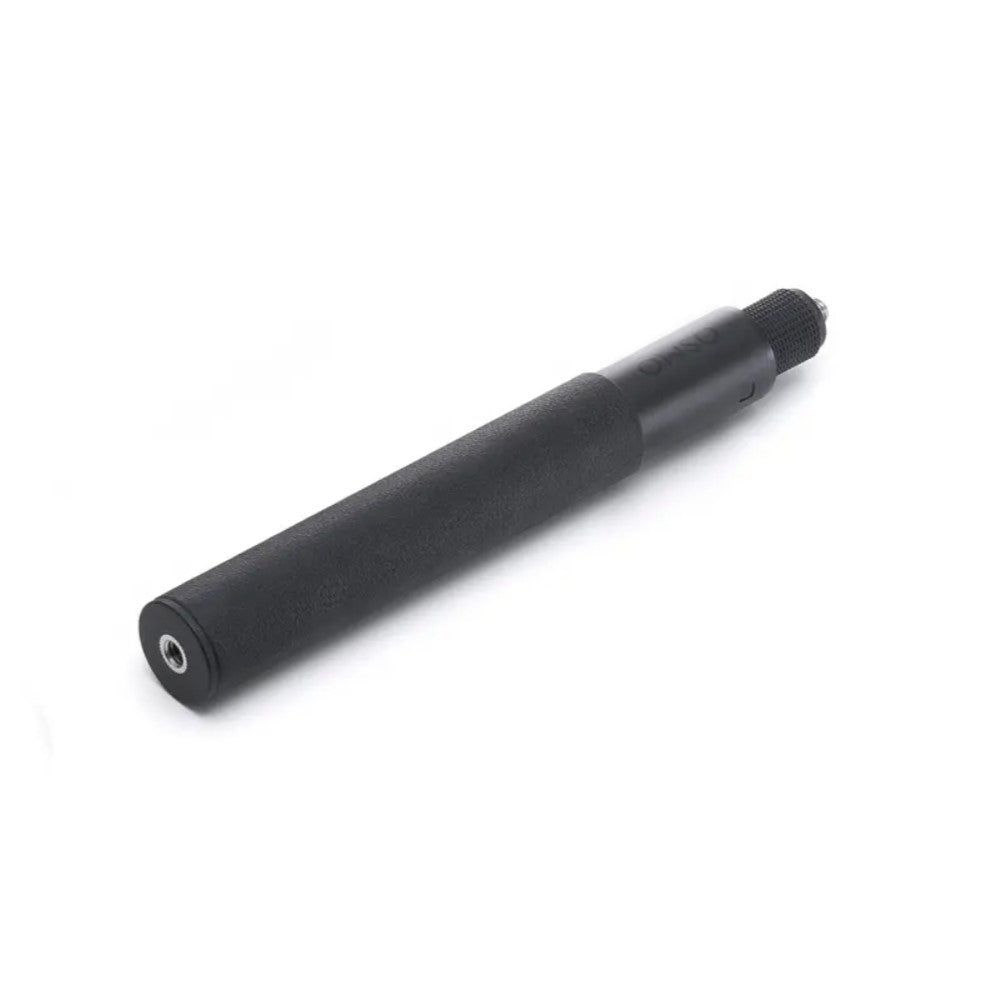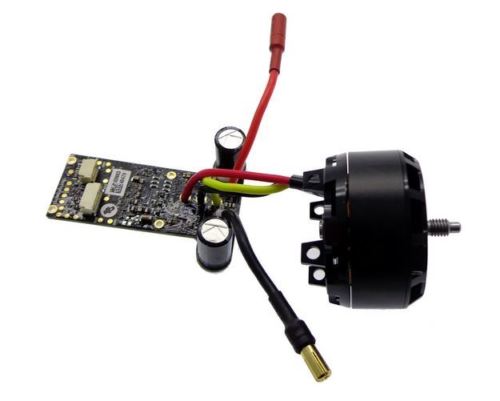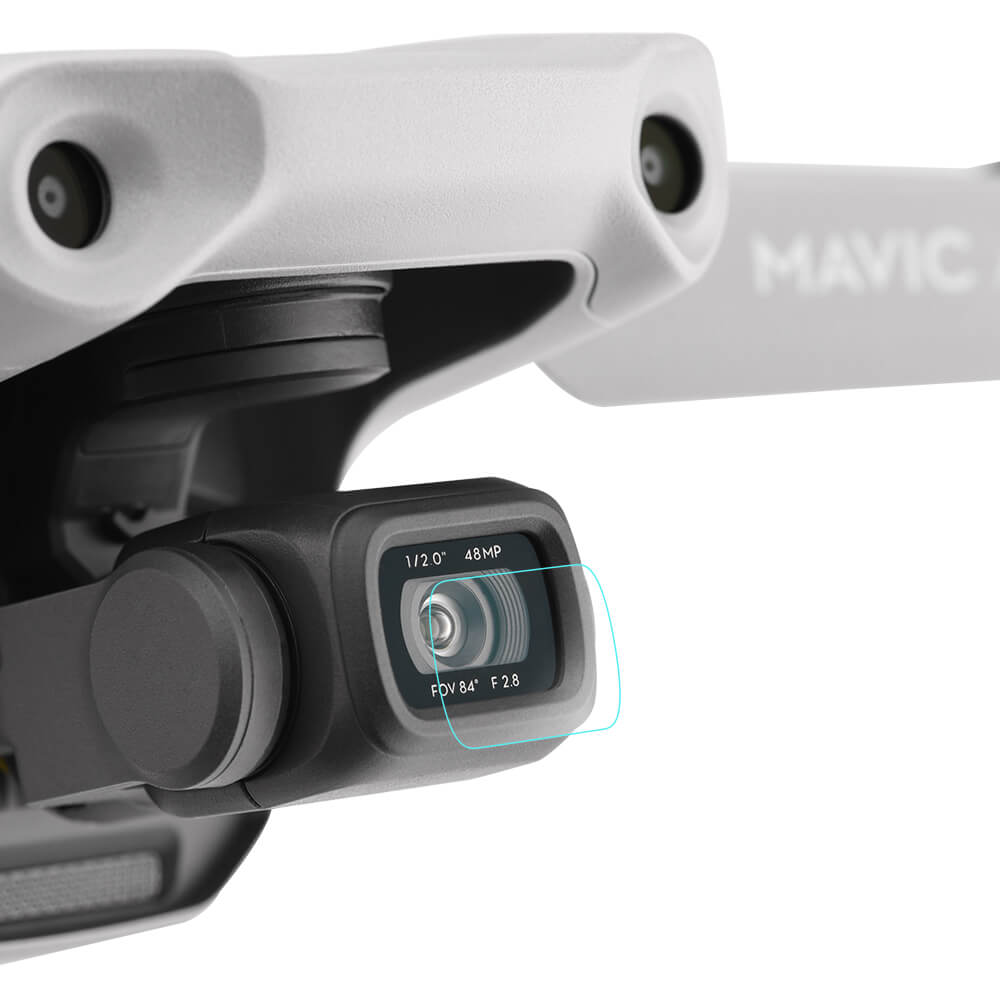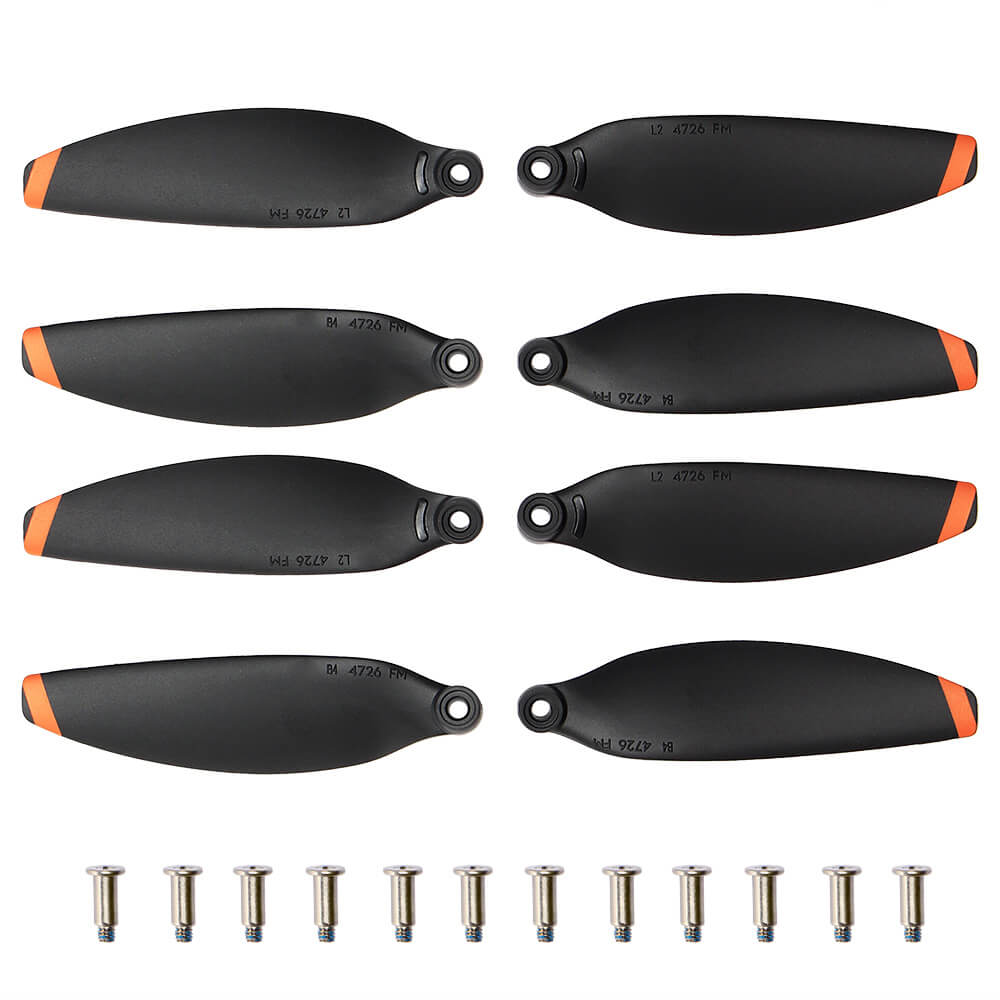1. Flight Controller Won’t Arm
What happens: The motors won’t spin and the controller refuses to enter armed state.
Common causes: incorrect flight-controller orientation or wiring, wrong firmware/target flashed, safety interlocks (RC failsafe, GPS failsafe, throttle position), unfinished sensor calibration, or ESC/receiver communication problems.
How to diagnose: Connect to the flight-controller software (e.g., Betaflight, ArduPilot, or your vendor tool) and read the arm/fail text — it usually reports the reason. Check accelerometer/gyro calibration, verify the arming switch or channel, and confirm throttle is at minimum.
Quick fixes: Recalibrate sensors, flash correct firmware target, correct receiver wiring (TX/RX), disable any safety flags only temporarily for testing, and inspect ESC telemetry if used. For FC-specific troubleshooting, consult your firmware docs for the exact “why won’t arm” messages.
2. Motors Spinning the Wrong Direction / Drone Flips on Takeoff
What happens: Motors spin the wrong way or the aircraft flips immediately when it leaves the ground.
Common causes: propellers installed backward, motor wiring order wrong, ESC/motor wire swap needed for brushless motors, incorrect motor mapping in the controller, or flight-controller mounted in the wrong orientation.
How to diagnose: With props off, power the system and use the motors tab in your configuration tool to spin each motor slowly and confirm motor order and rotation match the schematic. Visually check each prop for the CW/CCW label and make sure the right prop is on each motor.
Quick fixes: Swap two of the three motor wires on a brushless motor to reverse rotation, correct motor mapping in software (or reassign resource pins), reinstall propellers in correct positions, and ensure FC orientation settings match how the board is mounted. If flipping persists after these checks, inspect for bent shafts or damaged ESCs. Many community and vendor guides list step-by-step checks for “flips on takeoff.”
3. Radio / Receiver System Failure
What happens: Loss of control, intermittent stick response, or inability to bind the transmitter to the receiver.
Common causes: wrong wiring (TX/RX reversed), antenna damage, binding issues, RF interference, or a misconfigured channel mapping.
How to diagnose: Try a bench bind procedure with short antenna distances, test servo/ESC response through the transmitter’s output channels, and check for firmware mismatches on receiver modules (SBUS, DSMX, etc.). If you get full range and stable telemetry on the bench, repeat a range test outdoors at low altitude.
Quick fixes: Rebind following vendor instructions, replace damaged antennas, update radio/receiver firmware, and move telemetry or video antennas away from power wires to reduce interference.
4. Propeller or Prop Nut Flying Off in Flight
What happens: A prop loosens or detaches, causing immediate instability or a crash.
Common causes: incorrect fastening method, worn or stripped threads, missing threadlocker where required, damaged prop hub, or installation of an incompatible prop.
How to diagnose: Inspect prop hubs and prop nuts for thread damage, and examine mounts for burrs or missing washers. Check if props are the exact part the motor/airframe expects.
Quick fixes: Replace damaged nuts/bolts, use the correct torque/fastening sequence, apply the manufacturer-recommended threadlocker (or safety washer), and always re-check props before each flight. For popular consumer models, step-by-step prop-replacement guides from repair sites show exact screw types and torque tips.
5. Significantly Shorter Battery Life
What happens: Flight time drops dramatically or the battery fails to charge/hold charge.
Common causes: aged cells, storage/usage abuse (over-discharge, exposure to heat), cell imbalance, software misreporting, or a defective battery from the manufacturer.
How to diagnose: Check battery health with a cell-voltage checker or the manufacturer’s app. Look for cells with unequal voltages, swelling (puffing), or unusually high internal resistance. Use a smart charger to balance-charge and measure capacity.
Quick fixes: Retire swollen or aged packs, cycle and balance-charge healthy packs, follow manufacturer storage recommendations (store at ~40–65% charge for long-term), and if a pack is under warranty and shows signs of manufacturing defect, contact the vendor or manufacturer support for replacement. DJI and other major brands publish explicit battery care guides worth following.
Prevention, Routine Checks, and When to Seek Professional Repair
-
Pre-flight checklist: prop condition, battery voltage, firmware versions, GPS lock, and radio link.
-
Routine maintenance: balance-charge batteries, tighten fasteners, check motor bearings for roughness, and keep firmware up to date.
-
If multiple subsystems fail at once (electronics burned, multiple motors damaged, or suspicious battery behavior), consider professional repair or manufacturer RMA — especially for high-value commercial platforms.


